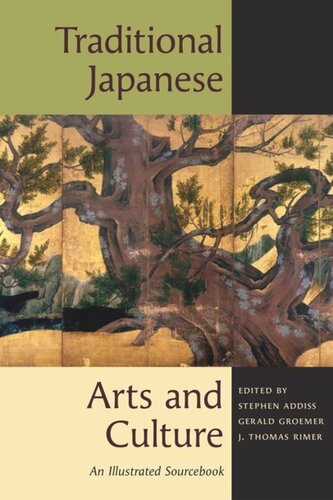

Most ebook files are in PDF format, so you can easily read them using various software such as Foxit Reader or directly on the Google Chrome browser.
Some ebook files are released by publishers in other formats such as .awz, .mobi, .epub, .fb2, etc. You may need to install specific software to read these formats on mobile/PC, such as Calibre.
Please read the tutorial at this link: https://ebookbell.com/faq
We offer FREE conversion to the popular formats you request; however, this may take some time. Therefore, right after payment, please email us, and we will try to provide the service as quickly as possible.
For some exceptional file formats or broken links (if any), please refrain from opening any disputes. Instead, email us first, and we will try to assist within a maximum of 6 hours.
EbookBell Team

4.4
22 reviews"This admirable and necessary volume allows the original writers to speak to us directly. Though all this is carefully documented, we are at the same time spared any layers of scholarly interpretation. Rather, the richness of the original reaches us complete." —Donald Richie, Japan Times, May 14, 2006
Japanese artists, musicians, actors, and authors have written much over the centuries about the creation, meaning, and appreciation of various arts. Most of these works, however, are scattered among countless hard-to-find sources or make only a fleeting appearance in books devoted to other subjects. Compiled in this volume is a wealth of original material on Japanese arts and culture from the prehistoric era to the Meiji Restoration (1867). These carefully selected sources, including many translated here for the first time, are placed in their historical context and outfitted with brief commentaries, allowing the reader to make connections to larger concepts and values found in Japanese culture.
The book is a treasure trove of material on the visual and literary arts, but it contains as well primary texts on topics not easily classified in Western categories, such as the martial and culinary arts, the art of tea, and flower arranging. More than 60 color and black and white illustrations enrich the collection and provide further insights into Japanese artistic and cultural values.